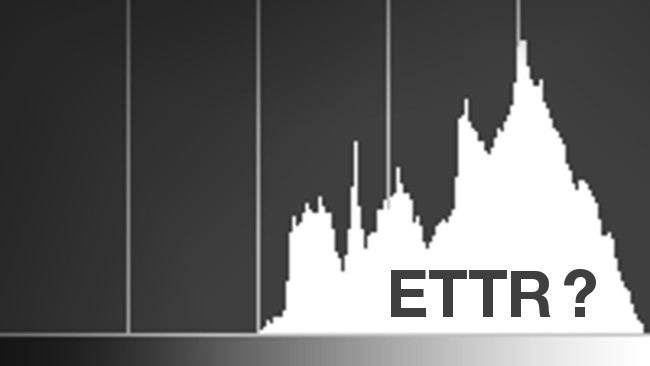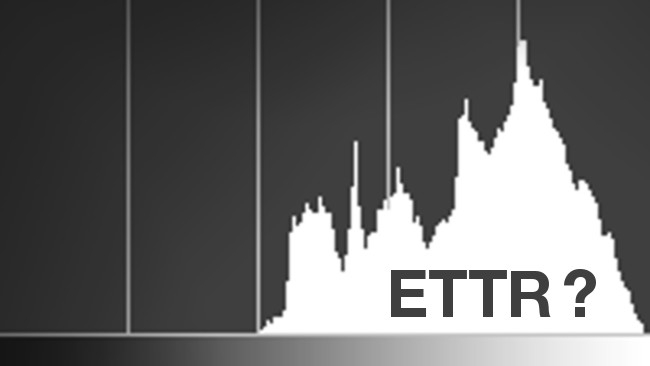
 ETTR
ETTR
We examine the method of "exposing to the right" and why it may or may not improve image quality.
A lot of people these days recommend exposing to the right, or ETTR, to get the best image quality from digital cameras.
For anyone reading this who isn't familiar with ETTR, the idea is that you expose the image you're capturing so as to push the image data as far to the right of the histogram as possible, hence the "to the right" part.
There are several reasons given for doing this. One is that since the noise floor in a digital sensor is essentially constant, over-exposing the image raises the signal to noise ratio by keeping the signal high. I've also heard explanations about pushing the image data into the high order bits rather than low order bits of the value representing each pixel, which is based on a misunderstanding of what high and low order bits are, and how they represent numbers. There's a misconception that the high order bits are for bigger numbers, but in reality, every 16-bit number is represented by two bytes, and how they're ordered changes nothing, with the exception being those who write assembly code. Even C abstracts this away from developers.
Still vs. moving
In digital still photography, the main down side to using ETTR is that the images are almost invariably washed out and somewhat over-exposed. They need some post work in order to look their best. Fortunately, in photography, the images don't need to match each other, simplifying the post work drastically.
In film, the images will usually need to match each other, so that a scene looks cohesive and continuous. Changes in color and brightness from one shot to the next can be distracting, so the images need to match pretty closely. Using ETTR often makes that more difficult than it needs to be, especially since in addition to making skin tones vary from clip-to-clip, other characteristics like noise will vary from clip-to-clip as well.
Clip caution
Whether capturing stills or motion, clipping is a problem since clipped highlights aren't recoverable. With most modern cinema cameras these days, with wide exposure latitude and logarithmic highlight rolloff, it's relatively easy to protect most of the hightlights. When using ETTR, it requires a lot more care than when exposing properly, but logarithmic highlight rolloff is very forgiving. With 13 or more stops of dynamic range, when skin tones are exposed at 18% gray, in most cases only specular highlights will be clipped.
When shooting outdoors, it will often be necessary to use open shade or silks, sometimes in combination with bounce light, in order to get proper exposure on people's faces on productions that don't have the budget for lights powerful enough to compete with sunlight.
While ETTR still has value in photography, it shouldn't be a primary method for determining exposure for cinematography.
Tags: Production


Comments